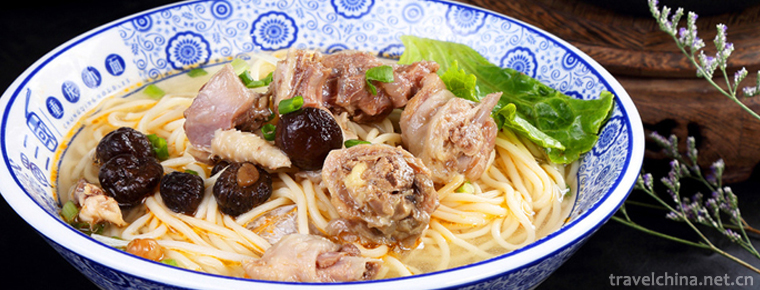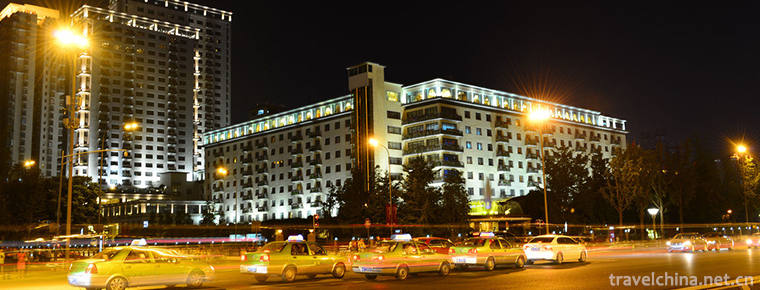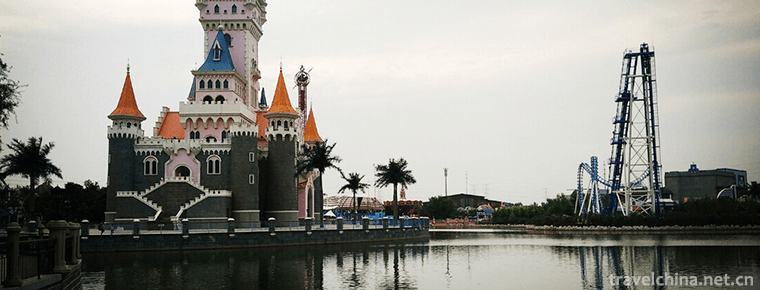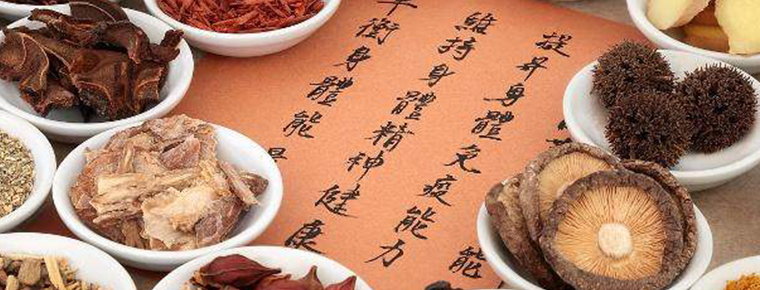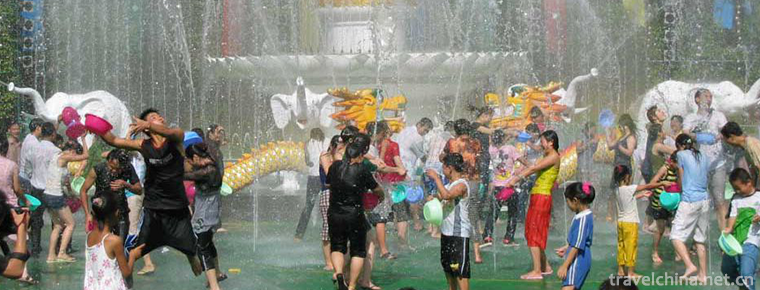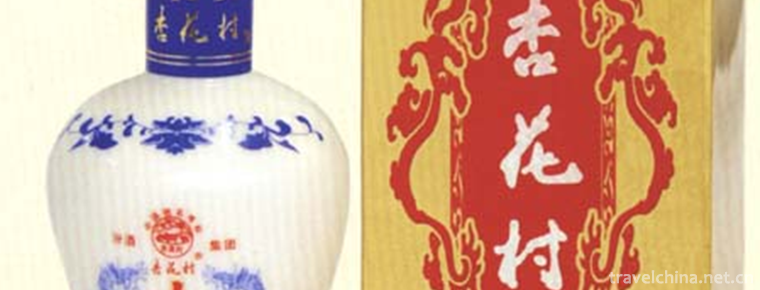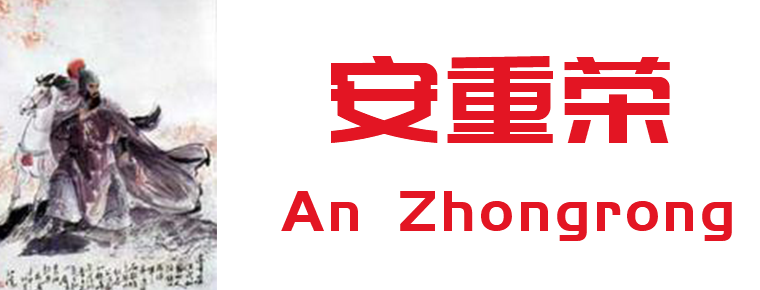Legend of Yellow Crane Tower
Legend of Yellow Crane Tower
The legend of the Yellow Crane Tower has a long history, and has been accompanied by the repeated destruction and construction of the Yellow Crane Tower, and continues to enrich and extend. Mysterious and strange, wonderful and graceful, euphemistic and moving. Not only has the extremely high historical and cultural value, but also has the distinctive literary value and the rich regional cultural color, which can be called the treasure of Wuhan folk culture. The legend of the Yellow Crane Tower comes from the folk, which contains profound and rich traditional cultural connotations such as immortal culture, folk wisdom and literati rhyme.
In 2011, the legend of the Yellow Crane Tower was approved by the State Council to be included in the third batch of national intangible cultural heritage list.
Historical origin
Towering in the Yellow Crane Tower of Snake Mountain in Wuchang, it enjoys the reputation of "the world's greatest scenery". It is also called "three famous buildings in the south of the Yangtze River" together with Yueyang Tower in Hunan Province and Tengwang Pavilion in Jiangxi Province. The Yellow Crane Tower was built in the second year of Wu Huangwu in the Three Kingdoms Period (223 AD). It is said that it was built for military purposes. Sun Quan built the building for the purpose of "governing the country by Wuchang" (the name of "Wuchang" comes from here). By the Tang Dynasty, its military nature gradually evolved into a famous scenic spot, where literati and ink travelers of all dynasties visited, leaving many well-known poems. Cui Hao, a poet of Tang Dynasty, wrote a song, "The former people have taken the Yellow Crane to the Yellow Crane Tower, where there is no spare Yellow Crane Tower." Yellow crane is gone forever, white clouds have been empty for thousands of years. Qingchuan calendar Hanyang tree, Fangcao Parrot Island. Where is the home at dusk? It's sad on the Yanbo River. It has become an absolute singer for thousands of years, making the Yellow Crane Tower more famous. The legend of building is beautiful. More than a thousand years ago, an old man surnamed Xin opened a hotel on Snake Mountain. He went up to the mountain every day to cut firewood. When he came back, he picked a good wood wedge from the wood and cut it into a smooth one. The poor man was puzzled. When he was cooking, he smoothly added a wooden wedge to the stove. Lu Ban sighed, "This is invaluable and will be useful in the future." On the 100th day, Lu Ban left a message: "When you can put thousands of daily goods, you can change your money." Then leave. Three years later, the Yellow Crane Tower was built on Snake Mountain, but it was inclined seriously and threatened to be destroyed. It wedged the crooked end and made craftsmen turn around in a hurry. The poor man chopped a wedge like a wedge, made up a hundred and went to market. When the architect saw this precious wedge, he was very interested and paid a lot of money to buy it. The poor man stood on the turtle hill facing the Yellow Crane Tower and threw away the wedges one by one. Ninety-nine wedges whistled across the Yangtze River and wedged firmly on the Yellow Crane Tower. Only one wooden wedge fell into the river, which was cut by the poor man. The Yellow Crane Tower is slightly inclined due to the lack of a wedge, but it will be all right for thousands of years.
By the first year of Yongtai in Tang Dynasty (A.D. 765), the Yellow Crane Tower had taken shape, which made many famous scholars in Jiangxia "travel and feast". However, there are frequent fires and wars, and Yellow Crane Tower has been built and abandoned repeatedly. The last "Qinglou" was built in Tongzhi seven years (AD 1868), destroyed in Guangxu ten years (AD 1884), and has not been rebuilt for nearly a hundred years.
In October 1981, the Huanghe Tower renovation project broke ground and was completed in June 1985. The main building is based on Tongzhi Building in Qing Dynasty, but it is taller and more magnificent. Using modern construction technology, the reinforced concrete frame imitates wood structure. The eaves are 5 stories, the top of the building is a cusp, the golden glazed tile roof is 51.4 meters high, the bottom edge is 30 meters wide, and the top edge is 18 meters wide. There are large murals, couplets and cultural relics on all floors of the building. A number of auxiliary buildings, such as bronze crane, pagoda, archway, porch, Pavilion and pavilion outside the building, set off the main building more magnificent. Upstairs overlooking the "extreme vision Chutianshu", not rolling the Yangtze River, the three towns have a panoramic view.
historical significance
The legend of Yellow Crane Tower shows the historical legend of Yellow Crane Tower in the form of traditional Chinese literature.
Since its establishment, the shape of Yellow Crane Tower has been different from Dynasty to dynasty, but all of them are tall, vigorous and full of personality. Compared with Yueyang Tower and Tengwang Pavilion, the plane design of Huanghe Tower is a set of octagons with four sides, which is called "all sides and all sides". These figures reveal the symbolic and ethical functions of numbers in ancient architectural culture. From the vertical view of the building, the eaves of each floor are directly related to the name of the building. They are like yellow cranes, and they are ready to fly. The whole building is exquisite and full of changeable charm and aesthetic feeling.
The Yellow Crane Tower has always been a place where "travel is bound to result, banquet is bound to result", and its popularity has been very strong. Nowadays, people regard it as a place of pleasure for sightseeing and visiting, or climbing upstairs to overlook, or playing by the water, or reciting poems and lyrics, or collecting orchids and ornaments to appreciate chrysanthemums. When a crop of people come in, you will know that the profound cultural origin, the magical attraction of beautiful legends is as far as Si.

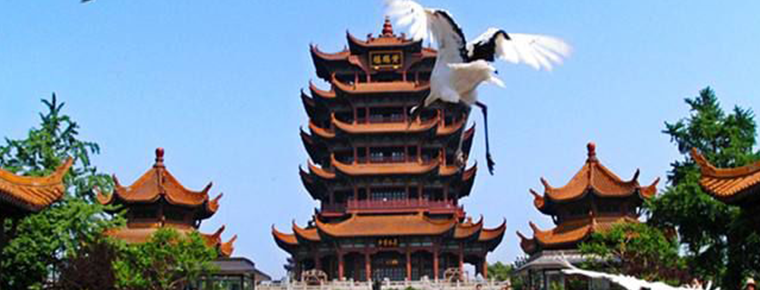
-
Letinous edodes chicken Noodles
Letinous edodes stewed chicken originated in Northern Jiangsu.
Views: 146 Time 2018-10-12 -
Crab congee
crab porridge is a snack in Macao. Macao is located at the junction of saltwater and fresh water, and the crab produced is delicious. Water crab porridge....
Views: 216 Time 2018-10-31 -
Almond dew
Almond is a kind of vegetable protein beverage made from natural almond and mineral water. Its white like milk, delicate like jade, unique flavor, can be used as a substitute for ordinary milk.
Views: 155 Time 2018-11-08 -
Chengdu JinJiang Hotel
Jinjiang Hotel is the first five-star hotel in southwest China. It is located in Renmin South Road, the main road of Chengdu City, adjacent to the famous Funan River and echoes Tianfu Square.
Views: 137 Time 2018-12-16 -
Jiangyou Dou Meishan Scenic Area
Dou Meishan Scenic Spot is an important part of Jianmen Shudao National Scenic Spot. It is 25 kilometers north of Jiangyou City and 170 kilometers away from Chengdu.
Views: 153 Time 2019-01-21 -
Fangte Fantasy Kingdom Scenic Spot in Qingdao City
Fangte Fantasy Kingdom of Qingdao is located in Lannan Road, Hongdao Street, Hongdao Hi-tech Zone, Qingdao City, Shandong Province. It is the core high-tech cultural amusement .
Views: 177 Time 2019-02-07 -
Traditional Chinese Medicine Culture
Traditional Chinese medicine (TCM) is the oldest and most complete medical system in the world. It is not only a method of treating diseases, but also a complete philosophy of the universe and life..
Views: 135 Time 2019-04-22 -
Water splashing Festival
Dai Water-Splashing Festival is also called "Bath Buddha Festival". Dai language is called "Sangkangbimai" (meaning "New Year"). Dai people in Xishuangbanna Dai Autonomou.
Views: 421 Time 2019-04-24 -
Brewing Techniques of Fen Liquor in Xinghua Village
The brewing process of Fen liquor in Xinghua Village is complicated. Fen liquor in Xinghua Village is finally brewed through six main processes: grinding, moistening, steaming, fermentation, distillat.
Views: 124 Time 2019-07-08 -
Zhongyuan Festival Chao Ren Yulan Winning Club
Chao Ren Yulan Sheng Hui is a traditional folk custom and folk belief activity. The fifteenth day of the seventh lunar month is commonly called "ghost festival" in Hong Kong. It is said that.
Views: 169 Time 2019-08-10 -
An Zhongrong
An Zhongrong (- 942 years), Zi tie Hu, Shuozhou (now Shuozhou, Shanxi). The generals of the Five Dynasties and Ten Kingdoms during the late Tang Dynasty and the Late Jin Dynasty..
Views: 263 Time 2019-09-11 -
North China Electric Power University
North China Electric Power University is a national key university directly under the Ministry of Education. It is a key construction University of "211 Project" and "985 Project Advant.
Views: 245 Time 2019-09-22
